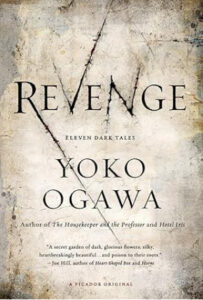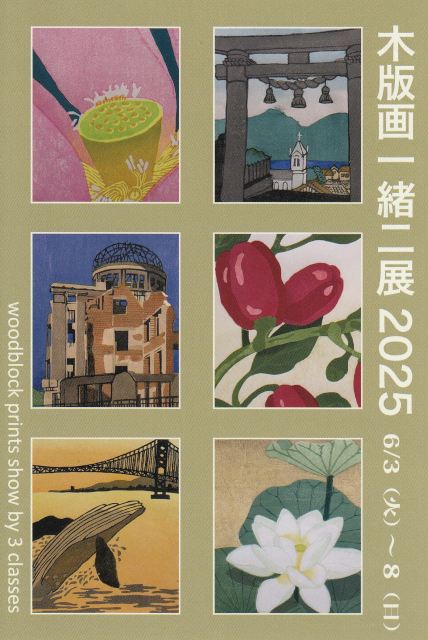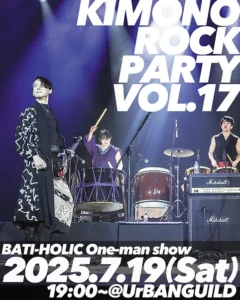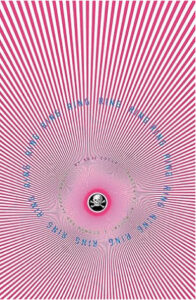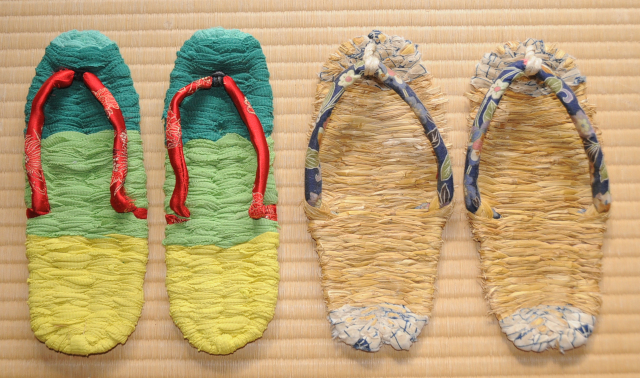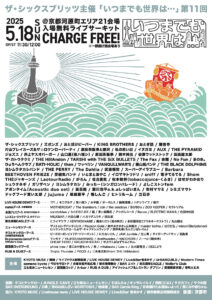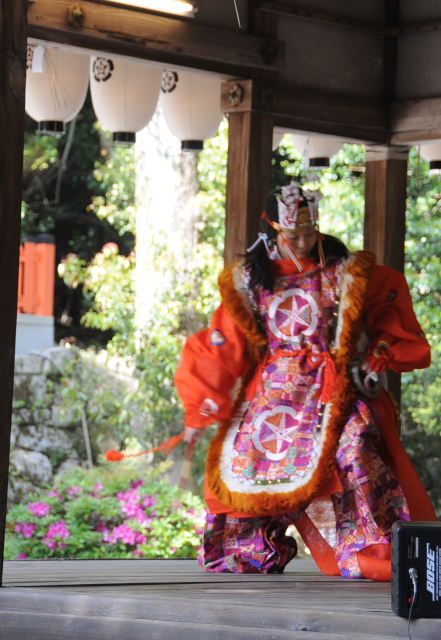Sorry for missing the post yesterday, I was kinda busy going to concerts. Yes, several, on a single day!
Yesterday, starting around noon, was the 11th edition of the “The world is Always…” (いつまでも世界は…) music festival. This year, there were more than 120 bands and solo artists performing in 21 venues throughout Kyoto’s inner city, including on the square before Kyoto City Hall.
According to the main organizer, Marmoru Nishijima (from “The Six Bullets”), his goal for this free festival was
I want people who don’t know music yet to listen to music.
So, technically, with my ongoing BATI-HOLIC obsession, I wasn’t really the target group for the festival, but I went anyway, and so did many other fans, and lots of people who wanted to try out something new (according to what I’ve seen on x/twitter).
I wasn’t really up for running around all afternoon, so I made my choice of three bands beforehand, all of which I had seen before:
Yuukai Kenchiku from Kyoto play what they call “Multi-Dimensional rocK: sublation of complex rhythm and simple melodies.” I would call it instrumental rock music where a flute is responsible for the main “vocal” of each song; there are also drums, guitar and bass, and a piano. Two years ago or so I saw a full solo concert, and I enjoyed it very much. Sometimes, instrumental music can get a bit monotonous over time and you get bored, but not here. Yuukai Kenchiku – it means “Melting Architecture”, btw. – have plenty of variety that even a 2-hour concert stays fresh and invigorating throughout.
Next on my list was So-on-g, Kyoto’s “Noise Temple”, founded 30 years ago. They play what I would call 70s glamour rock, and the band leader Nabe-san, complete with wig, make-up, and enormous legs (he’s tall even by Western standards) definitely fits the bill. They played at the Kyoto MUSE, one of the larger venues, and it was pretty much full house with lots of dedicated fans who knew all the songs already. The atmosphere was fantastic, it always is when there are many fans around. And I’m sure that even newbies to So-on-g got a kick out of Nabe-san coming down into the crowd during one of their last songs. I wasn’t one of them (newbies, I mean), it was my second time seeing them and hopefully, not the last time.
And finally and of course: BATI-HOLIC, Kyoto’s, no: Japan’s one-and-only taiko drum rock band! They were on after So-on-g, but most of the crowd changed in between. I was a bit worried that there wouldn’t be many people, but the place filled up nicely just before the concert started. However, except for two of my friends, who were standing in the front row with me, I didn’t recognize any other regulars. Then again, BATI-HOLIC often play in Osaka, Nara, and Kobe as well, and I’ve never been there.
I enjoyed myself, as usual, but I’ve since found out that the band weren’t 100& satisfied with their performance yesterday; maybe that’s because leader Nakajima-san was also involved in organizing the festival and was too stressed with other things? As for me, I was perfectly happy, although I would’ve appreciated if they had played longer than just 30 minutes…
Most bands only played 30-40 minutes concerts, and there was just as much time in between them. I guess that was so that visitors could move between the venues without missing (too much) of the fun, and also the bands had to set up their equipment and do a sound check that was longer than usual. Not to mention that they had to clear out the backstage areas, which seems to be tiny pretty much everywhere…
Anyway, I had a fun time yesterday, and I’m looking forward to the 12th edition of “The World is Always…” next year. And who knows, I may even find other bands I’d like to watch more of until then!

